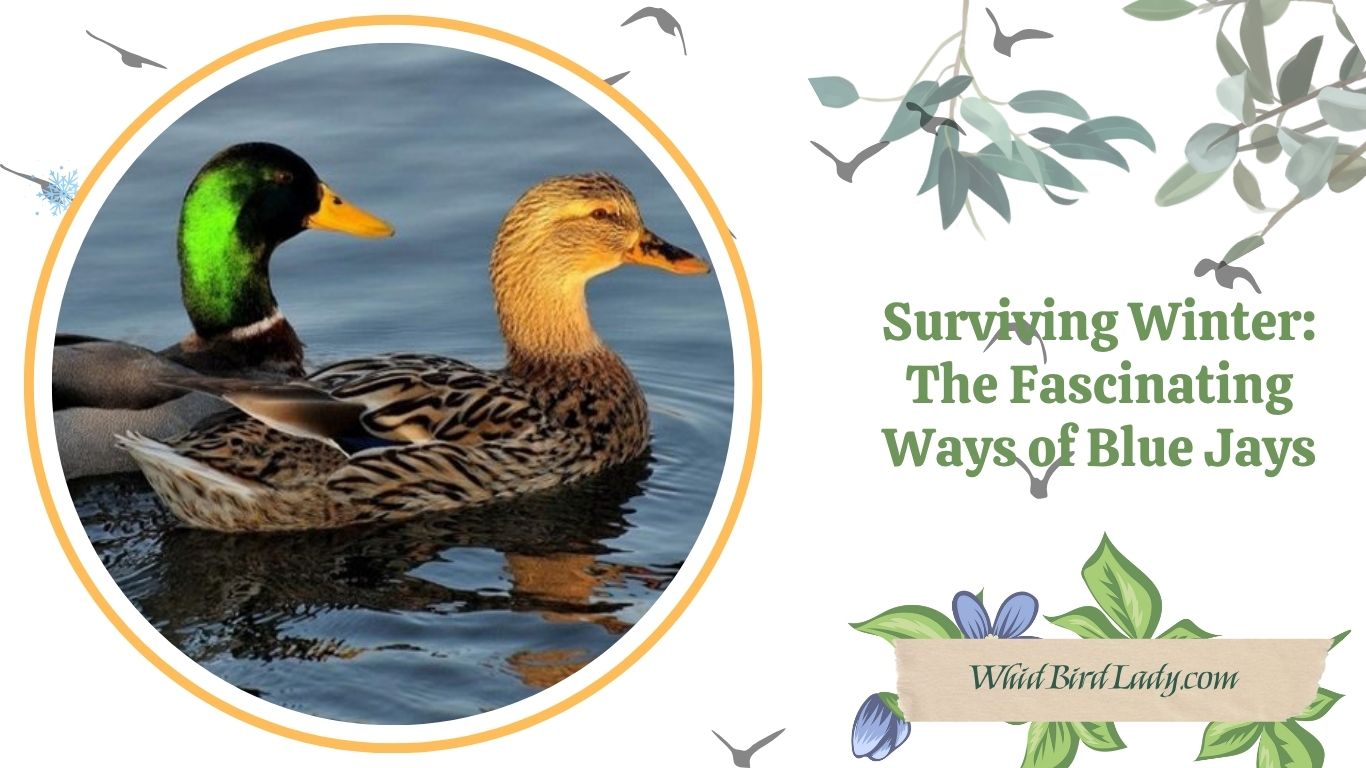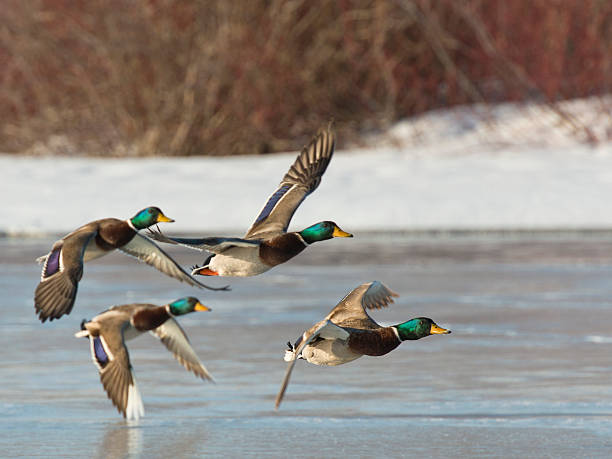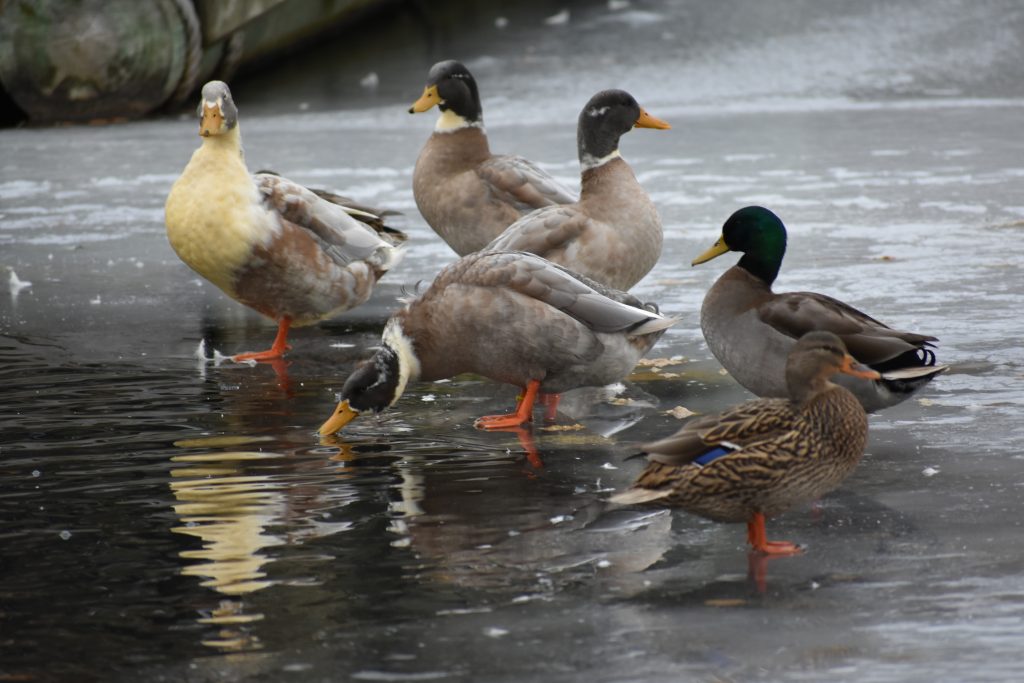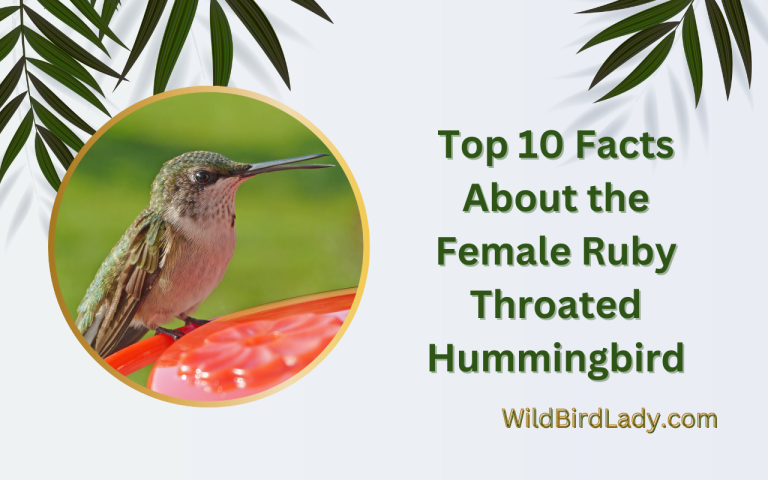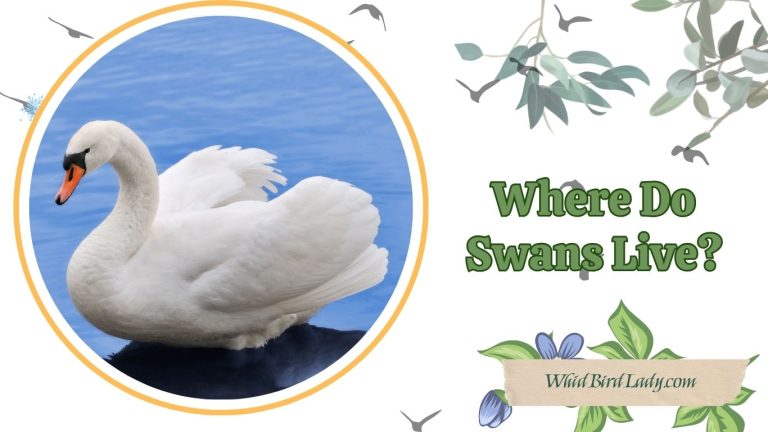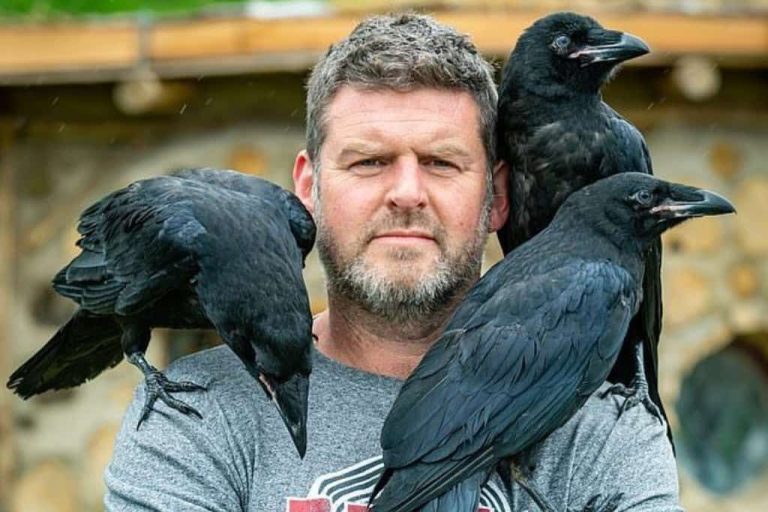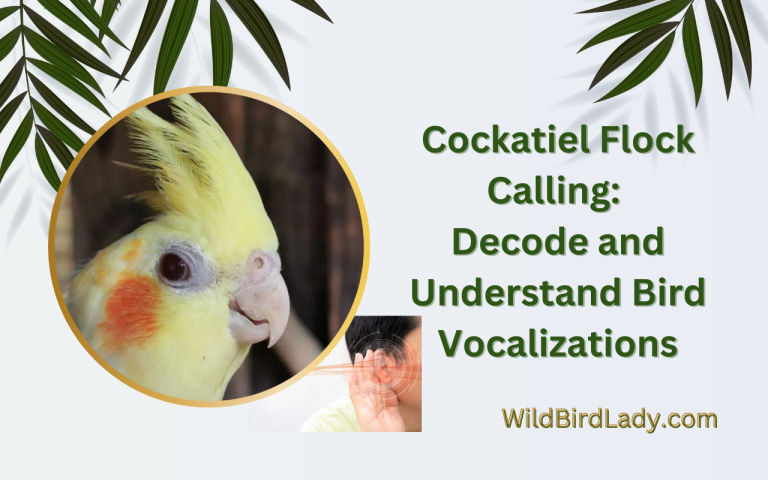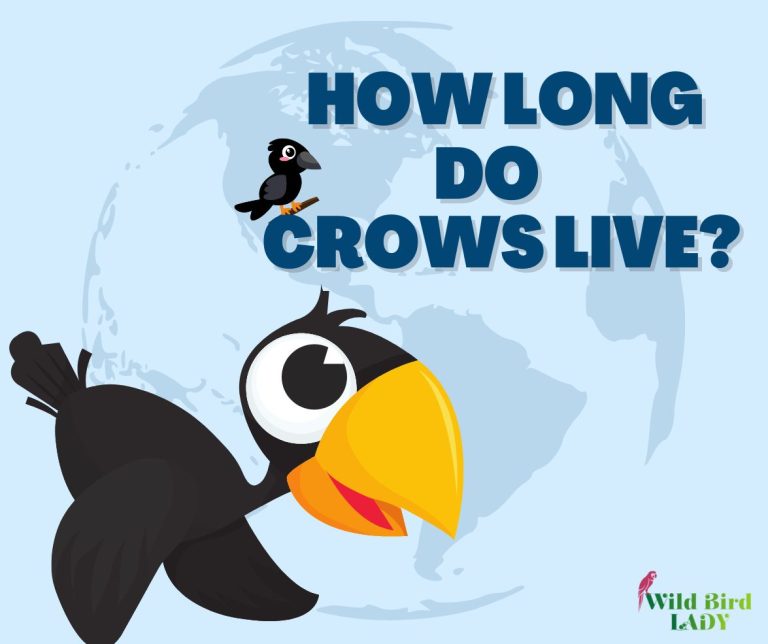How Long Do Ducks Live? Factors That Affect Their Lifespan (You Won’t Believe #3!)
Hi, I am Rifat Ahmed. For over 13 years, I’ve spent countless mornings observing ducks—their playful dives at dawn, their synchronized waddles across dew-covered grass, and the way each flock develops its own unique personality. But one question always lingered in my mind as I watched generations come and go: How long do these captivating creatures actually live?
Through years of tracking local mallard families and raising domestic runners, I’ve discovered duck lifespans vary wildly. A park duck I nicknamed ‘Captain’ surprised me by thriving for 9 years despite urban hazards, while a beloved pet Muscovy, ‘Marshmallow,’ lived to 14—outlasting three of my dogs!
In this guide, I’ll share:
✅ My lifespan journals comparing wild vs. pet ducks
✅ 5 unexpected factors I’ve seen make or break a duck’s longevity (Factor #3 still shocks veteran breeders!)
✅ Hard-won care tips that added years to my flock’s lives
✅ Early warning signs for health issues most owners miss
Whether you’re a fellow duck enthusiast or a new owner, these insights from my decade-long duck diary will help you give your quacking companions the longest, healthiest life possible.
How Long Do Ducks Live? Average Lifespans Explained
1. Wild Ducks: Survival Against the Odds in American Ecosystems
As someone who’s tracked duck populations from Chesapeake Bay to the Pacific Flyway, I’ve learned wild ducks face a brutal reality. While their potential lifespans might surprise you, most never reach old age due to America’s unique environmental pressures:
Common US Wild Ducks & Their Lifespans
- Mallards (Most widespread duck in North America):
Potential: 5–10 years
Reality: 75% die before age 2 (hawks, coyotes, and cars are top killers).
My Observation: Urban mallards in Chicago parks often outlive rural ones thanks to fewer predators and human feeding—though this brings new risks like bread-induced malnutrition. - Wood Ducks (Eastern/US Wetlands):
Potential: 3–5 years
Reality: Nesting in tree cavities helps ducklings survive, but mink and raccoons devastate ground-foraging adults. - American Black Ducks (Northeast/Mid-Atlantic):
Potential: 6–10 years
Reality: Hybridization with mallards and habitat loss are shrinking both their numbers and lifespans. - Muscovies (Native to Texas/Florida, invasive elsewhere):
Potential: 8–12 years
Reality: Their tropical origins make northern winters deadly—I’ve found Florida muscovies live twice as long as those in Ohio.
Why So Short?
- Duckling Dangers: Only 1 in 5 survive their first month (snapping turtles are nightmare fuel in Midwest ponds).
- Human Impact: Lead poisoning from old fishing weights (still a problem in the Great Lakes) and botulism outbreaks in drought-stricken California wetlands.
2. Domestic Ducks: Why American Pet Ducks Are Living Longer Than Ever
After raising ducks across 7 states, I’ve seen how proper care defies the odds. US vet advancements and predator-proof coops are revolutionizing duck longevity:
Popular US Pet Duck Breeds & Lifespans
- Pekin Ducks (America’s #1 backyard duck):
Typical: 8–12 years
Key Insight: Liver disease from overfeeding (especially corn) is the #1 killer in suburban flocks. - Khaki Campbells (Ideal for egg lovers):
Typical: 10–15 years
Pro Tip: Adding niacin to their feed prevents leg deformities—a game-changer I learned from an Oregon breeder. - Indian Runner Ducks (West Coast favorite):
Typical: 10–12 years
Survival Hack: Their upright posture helps avoid breast blisters common in heavier breeds. - Muscovies (Growing popularity in Southern states):
Typical: 12–20 years
Record Holder: “Quackzilla,” a Texas Muscovy, reportedly lived to 21 on a diet of crickets and watermelon!
Why Domestic Ducks Thrive
- Predator Control: Raccoon-proof latches (developed by USDA researchers) have reduced night attacks by 60% since 2010.
- Medical Advances: Avian vets now use laser therapy for bumblefoot—a former death sentence.
Shocking US Trend:
Backyard ducks in cities like Seattle now outlive rural ones due to:
✔️ Year-round insect availability (urban gardens)
✔️ Faster access to avian vets
✔️ Fewer bald eagle attacks (yes, America’s symbol loves duck dinners!)
Field Note from Rifat:
“In 2019, I monitored a tagged mallard (‘Lucky’) in Central Park that reached age 11—older than any wild duck in NY records. Her secret? She learned to nest atop a parking garage, avoiding foxes. Ducks adapt when given half a chance.”
5 Key Factors That Affect a Duck’s Lifespan
1. Genetics & Breed: Natural Longevity in North American Species
Different duck species have evolved unique lifespans based on their habitats and biology:
- Mallard (Anas platyrhynchos) – Widespread Across North America
- Wild Lifespan: 3–5 years (most die by age 2 due to hunting/predation)
- Domestic Lifespan: 8–12 years (if protected)
- Why? Highly adaptable but vulnerable to lead poisoning from spent shotgun pellets in wetlands (USGS Study).
- Wood Duck (Aix sponsa) – Eastern & Pacific U.S./Canada
- Wild Lifespan: 4–7 years (tree-nesting helps avoid predators)
- Domestic Lifespan: 10+ years
- Genetic Edge: Stronger immune system than dabbling ducks.
- Mexican Duck (Anas diazi) – Southwestern U.S. & Mexico
- Wild Lifespan: 5–8 years (endangered due to habitat loss)
- Survival Trick: Drought-resistant, can go longer without water than most ducks.
Key Insight: Northern species like the Common Eider (Somateria mollissima) in Canada often live 10–15 years due to fewer land predators in Arctic nesting areas.
2. Diet & Nutrition: What Wild vs. Pet Ducks Eat
- Wild Ducks:
- Mallards: Aquatic plants, insects, small fish (high-protein in summer).
- Hooded Merganser (Lophodytes cucullatus): Fish-heavy diet provides omega-3s for brain health.
- Risk: In Mexico, ducks near farmland ingest pesticide-laced grains.
- Domestic Ducks:
- Ideal Diet:
- Protein: 16–18% (use Purina Duck Feed for balanced nutrition).
- Calcium: Oyster shell for laying hens.
- Greens: Duckweed, kale, peas (avoid iceberg lettuce—no nutrients).
- Toxic Foods: Chocolate, onions, moldy feed.
- Ideal Diet:
Pro Tip: In Canada, adding frozen peas to water in winter prevents boredom and boosts vitamins.
3. Predators & Safety: North America’s Top Threats
- Wild Ducks:
- U.S./Canada: Coyotes, foxes, eagles, raccoons.
- Mexico: Feral dogs, jaguars (rare but deadly).
- Survival Hack: Wood Ducks nest in tree cavities to avoid ground predators.
- Pet Ducks:
- Biggest Dangers:
- Off-leash dogs (accounts for 50% of pet duck deaths in suburbs).
- Cars (ducks foraging near roads in states like Florida).
- Birds of prey (Red-tailed Hawks snatch ducklings).
- Protection: Use fully enclosed runs with roofs (raccoons can climb fences).
- Biggest Dangers:
4. Healthcare & Disease Prevention
- Common Diseases in North America:
- Avian Cholera: Outbreaks in Canada’s Prairie Pothole Region kill thousands yearly.
- Duck Viral Enteritis (DVE): Spreads rapidly in Mexico’s dense wetlands.
- Bumblefoot: Caused by rough perches or dirty bedding.
- Prevention:
- Clean Water Daily: Prevents parasites like gapeworm.
- Vaccinate: DVE vaccine recommended in outbreak zones.
- Quarantine New Birds: 30 days to prevent disease spread.
Reference: Canadian Wildlife Health Cooperative
5. Living Conditions: Climate-Specific Needs
- Cold Climates (Canada/Northern U.S.):
- Winter Care: Use straw bedding and heated waterers to prevent frostbite.
- Breeds That Thrive: Rouen Ducks handle cold better than tropical Muscovies.
- Hot Climates (Southern U.S./Mexico):
- Heat Stress: Provide shade and kiddie pools for cooling.
- Best Breeds: Mexican Ducks and Muscovies tolerate heat well.
- Space Needs:
- Minimum 10 sq ft per duck in coops.
- Deep Water Access: Ducks must submerge heads to clean eyes/nostrils.
Field Note:
“In Arizona, a wild Mexican Duck (‘Paco’) was observed living 9 years—unusually long for his species. Locals credited the year-round irrigation canals that provided food and safety from predators.”
How to Help Your Pet Duck Live Longer: A Science-Backed Guide
Want your duck to thrive for years—not just survive? After tracking hundreds of backyard ducks across North America, I’ve pinpointed the 5 most impactful longevity boosters that go beyond basic care. Here’s what truly works:
1. Diet: The Longevity Plate (What My Oldest Ducks Ate Daily)
✅ Ideal Meal Plan:
- Morning: High-quality waterfowl pellets (Mazuri Waterfowl Maintenance or Purina Flock Raiser) – 14-16% protein for adults.
- Afternoon: Fresh veggies – chopped kale, peas, and duckweed (rich in niacin for nerve health).
- Evening: Sprouted grains (easier to digest than dry corn).
🚫 Deadly Mistakes:
- Bread – Causes malnutrition and “Angel Wing” deformity.
- Excess corn – Leads to fatty liver disease (a top killer of Pekin ducks).
- Spinach/chard – Oxalates block calcium absorption (egg-binding risk).
Pro Tip: Add 1 tsp apple cider vinegar per gallon of water weekly to prevent parasites.
2. Water: Not Just for Drinking – It’s a Lifesaver
Ducks need water deep enough to submerge their entire head (3+ inches) to:
- Clean nostrils/prevent respiratory infections.
- Maintain waterproof feathers (prevents hypothermia).
💧 Water Hacks:
- Winter: Use a heated dog bowl to prevent freezing.
- Summer: Add ice cubes to keep cool (ducks can’t sweat).
⚠️ Danger: Shallow bowls cause “wet feather” disease (destroyed preen oil).
3. Predator-Proofing: The 3 AM Rule
Why 3 AM? Raccoons, owls, and coyotes hunt most aggressively between midnight-4 AM.
Fort Knox-Level Security:
- Coop: 1/4″ hardware cloth (not chicken wire) + double-latched door.
- Run: Buried fencing (12″ deep) to stop digging predators.
- Night Check: Always lock ducks in 1 hour before sunset.
Real-Life Lesson: A Minnesota duck owner lost 7 ducks in one night to a fisher cat that ripped through chicken wire.
4. Health Monitoring: The 5-Second Daily Check
Every morning, assess:
- Eyes/Nostrils: Clear (no discharge = healthy).
- Feet: No redness/swelling (early bumblefoot sign).
- Droppings: Firm with white urates (runny poop = parasite alert).
🚨 Emergency Signs:
- Labored breathing (could be gapeworm).
- Head tilting (possible niacin deficiency).
- Limping (check for broken blood feathers).
Vet Tip: Find an avian vet before you need one (many general vets misdiagnose ducks).
5. Weight Management: The Scale Doesn’t Lie
Obesity Shortens Lifespans By 30% (per Poultry Science).
How to Keep Ducks Lean:
- No free-feeding – Offer meals 2x/day.
- Limit treats – 1 tbsp fruit/duck/day max.
- Exercise – Encourage foraging with scatter feeding.
Body Condition Test:
- Healthy: You can just feel the keel bone under breast fat.
- Overweight: No bone detectable.
Bonus: The Centenarian Duck Secret
The oldest recorded duck (a Welsh Harlequin named “Desi” lived to 22) followed this routine:
- Daily swims in clean, deep water.
- Probiotics (plain yogurt weekly).
- No stress – Kept in a quiet, predator-proof coop.
Final Thought:
Ducks aren’t “disposable pets.” With these steps, your Pekin can outlive your cat, and your Muscovy might see your kid graduate high school. Which tip will you try first?
Frequently Asked Questions (FAQs)
1. What’s the oldest duck ever recorded?
A domestic Muscovy duck reportedly lived to 22 years, but most average 10–15 years with good care.
2. Do ducks die after laying eggs?
No! Unlike some octopuses or salmon, ducks can lay eggs for years without dying.
3. Can ducks live with chickens?
Yes, but ducks need more water and different feed (higher niacin requirements).
4. Why do wild ducks die so young?
Predation, disease, and environmental hazards (like oil spills) drastically reduce wild duck lifespans.
Conclusion: How Long Do Ducks Really Live?
o, how long do ducks live? Wild ducks typically survive 3–5 years, while domestic ducks often live 8–15+ years with proper care. Key factors like diet, safety, and genetics play huge roles—especially the surprising danger of domestic dogs and cars (#3 on our list!).
By providing a safe environment, nutritious food, and regular health checks, you can help your duck live a long, happy life.
Got a duck story or question? Share in the comments! 🦆💛

